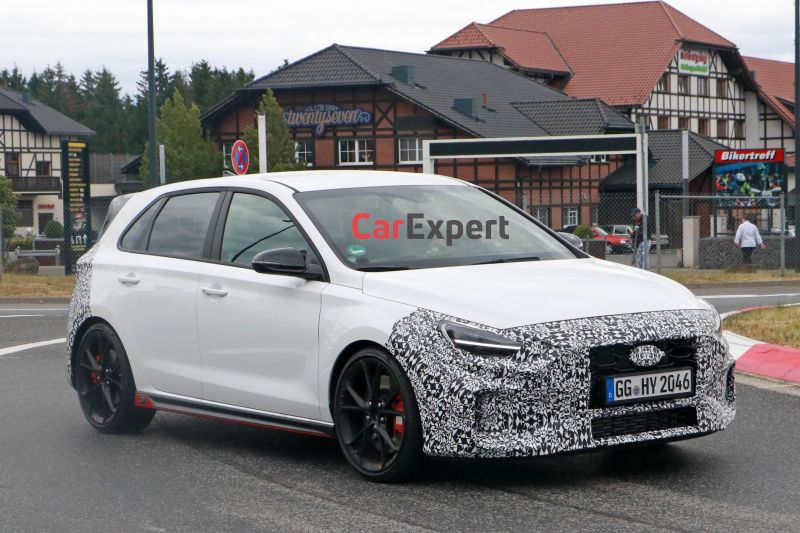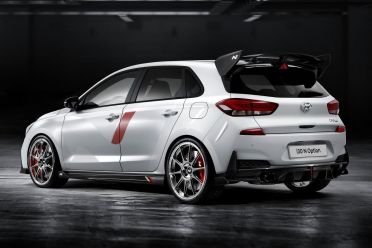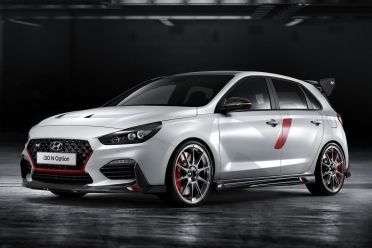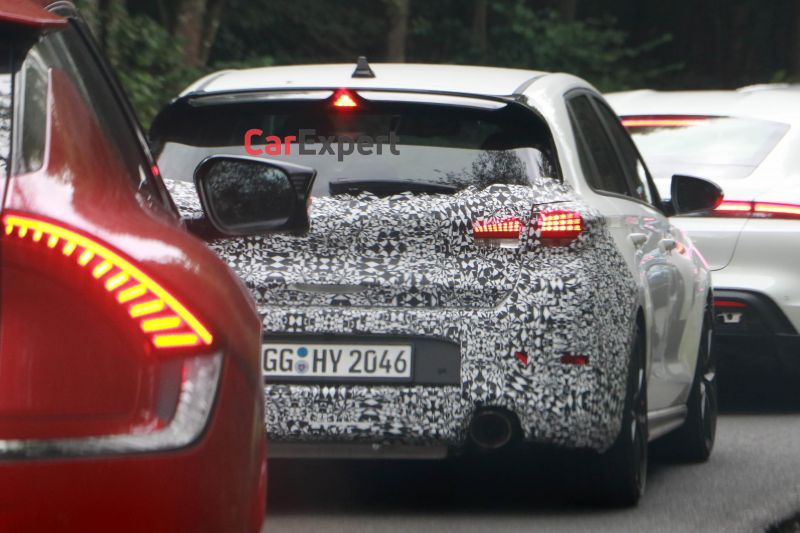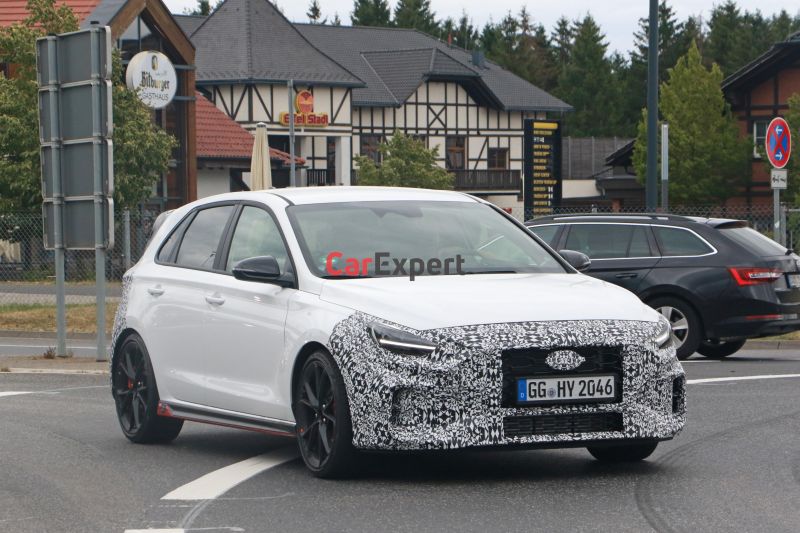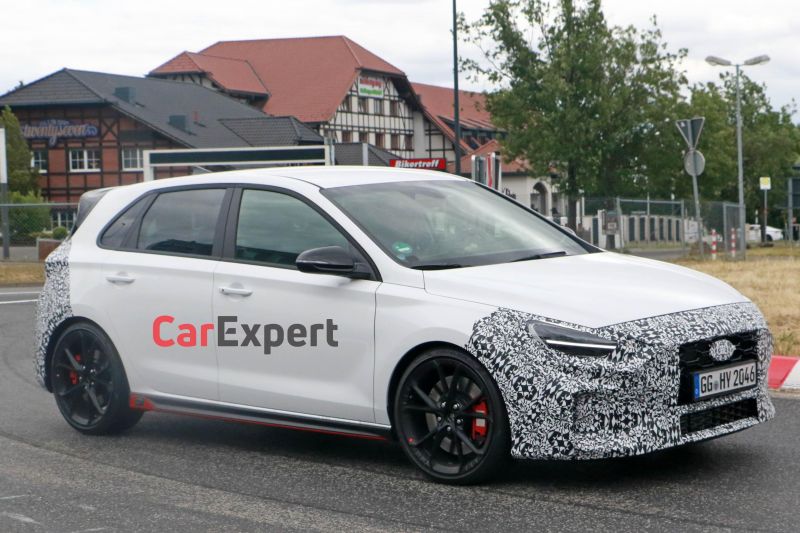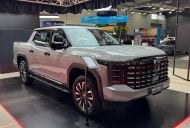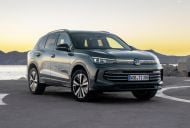The Hyundai i30 N hot hatch is set to get a second facelift, and it has been spied testing in Europe.
The regular i30 Hatch was recently spied testing, but as with the current model the N has some unique design elements.
The front fascia now features an updated headlight design with a single daytime running light strip. It’s worth noting other i30 models that have been spied with a different DRL design, suggesting this design may be unique to N models.
Camouflage up front suggests we could see changes to the front bumper design, including the shape of the air intakes. Tweaks to the grille are also a possibility.
Hyundai appears to have added a red accent along the side skirts with N badging, much like that of the i30 N Option concept revealed in 2018.
At the rear, the tail lights appear to retain the same shape but may feature restyled graphics, while the presence of camouflage suggests we may see a refreshed rear bumper.
Currently, the local-spec i30 N has a turbocharged 2.0-litre four cylinder petrol engine that produces 206kW of power and 392Nm of torque.
It’s offered with the choice of either a six-speed manual or eight-speed dual-clutch automatic transmission.
Currently, i30 N Hatch models are manufactured in Czech Republic, while Hyundai Australia sources other i30 models from South Korea.
The company’s product planning and development manager, Tim Rodgers, told CarExpert in March the i30 Hatch’s future is secure here, but stopped short of saying what that will look like.
“There’s a future for i30 for us. We will be able to comment more on it soon,” Mr Rodgers said.
“What that looks like I can’t speak too specifically right now, but [the situation] is complicated.
“We’re working with the factories right now to resolve the situation, and we’ll have more to say soon.”
One option would be for regular i30 Hatch models to be sourced from the same Czech factory as the N, which would likely see the hatchback move to an entirely turbocharged powertrain range.
Entry versions of the i30 Hatch in Europe are powered by an 88kW/172Nm 1.0-litre turbo three-cylinder petrol engine, while N Line models get a 117kW/253Nm 1.5-litre turbocharged four-cylinder. Both feature 48V mild-hybrid systems.
Both six-speed manual and seven-speed DCT options are available, with WLTP fuel consumption rated at 5.2-5.4L per 100km for the 1.0T and 6.1-6.3L per 100km for the 1.5T.
In contrast, the core i30 range in Australia is offered with a 120kW/203Nm atmo 2.0-litre four or 150kW/265Nm turbo 1.6-litre four.
The i30 has long been one of Australia’s top-selling passenger models, often duking it out with the Toyota Corolla for top spot.
Earlier this year Hyundai paused orders for its i30 N as it worked to clear the back log of more than 1600 undelivered cars.
The brand is preparing to reopen orders but hasn’t confirmed when it plans to do so.
Hyundai Australia’s COO told media that a “solution” is coming before the end of 2023.
“i20 N and i30 N are important vehicles for our portfolio,” Hyundai Australia COO John Kett told media.
MORE: Everything Hyundai i30





